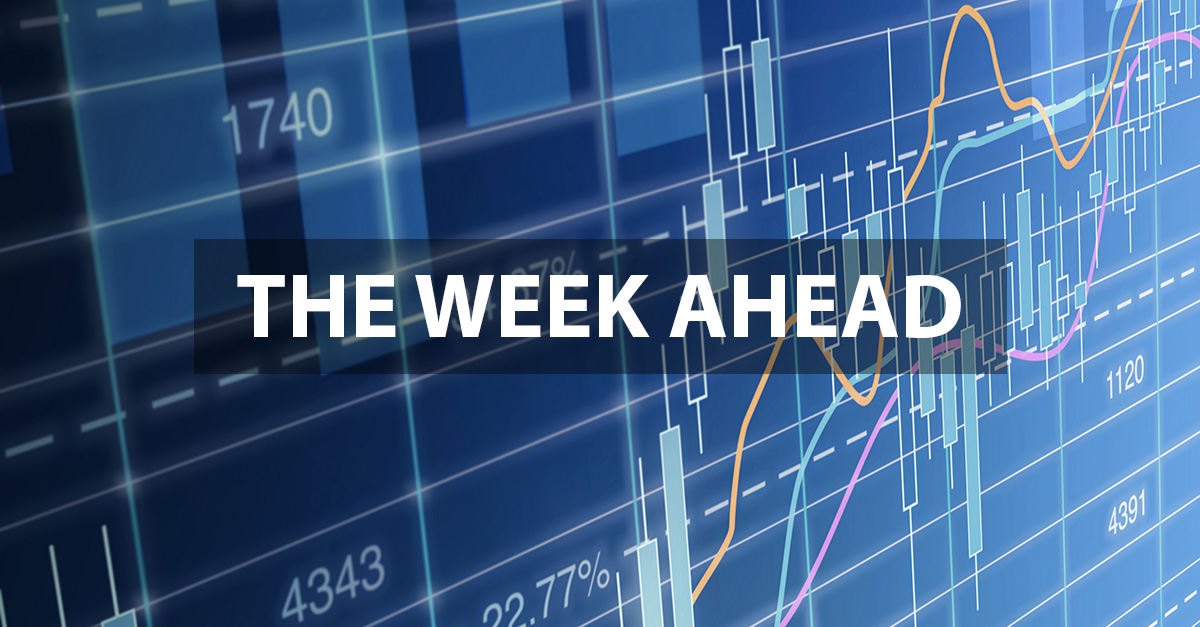Welcome to “The Week Ahead” where we take a moment to provide our thoughts on what we can expect in markets and the economy during the upcoming week.
The focus of markets and the economy is of course the coronavirus. Unfortunately, it appears the reopening of the economy may have been a bit premature. Indeed, thirty states are seeing increased cases concentrated mainly in the southern and western regions of the United States. Interestingly, the northeast is doing well, as are Europe and most Asian countries. The average age of people infected has come down dramatically. For example, the average age of a person who tested positive for COVID-19 in Florida was 65 in April, but is now just 35. That bodes well for limiting hospitalization rates and maintaining capacity for ICU beds. Given the spike in cases, some state governors are rolling back the pace of the reopening. Last week, Governor Abbott of Texas issued an executive order to close bars after seeing the parabolic increases since Memorial Day.
With the pace of the economic reopening slowing down, we do not believe we will see another shutdown at this time; economic news is likely to be somewhat less robust. This will add considerable pressure for congress to pass some version of the $3 trillion dollar stimulus package that is currently in the Senate. While it certainly will not be the full $3T, it is likely to be somewhere between $1.5-2T, which should be positive for risk markets. Inclusive in that package will be a continuation of the enhanced unemployment insurance that is allowing many unemployed Americans to pay their bills.
This week, we will see many interesting data points regarding the economy, but the one with the greatest potential to move markets will be the jobs numbers on Thursday. Two weeks ago, economists were calling for a continuation of further job losses. However, they were massively surprised to the upside. Most data points were indicating weakness except for a data provider called Homebase. This week, the data suggests that we will see mild strength in the jobs numbers, whereas Homebase is looking at a slightly weaker outcome. Economic data will continue to be difficult to predict during these highly unusual times, which is why it is more important than ever to stay disciplined and keep a long-term perspective.
Data deck for June 29–July 3:
|
Date |
Indicator |
Period |
|
Jun. 29 |
Pending home sales index |
May |
|
Jun. 30 |
Case-Shiller national home price index |
Apr. |
|
Jun. 30 |
Chicago PMI |
Jun. |
|
Jun. 30 |
Consumer confidence index |
Jun. |
|
Jul. 1 |
ADP employment report |
Jun. |
|
Jul. 1 |
Markit manufacturing index (final) |
Jun. |
|
Jul. 1 |
ISM manufacturing index |
Jun. |
|
Jul. 1 |
Construction spending |
May |
|
Jul. 1 |
FOMC minutes |
Jun. |
|
Jul. 1 |
Motor vehicle sales |
Jun. |
|
Jul. 2 |
Nonfarm payrolls |
Jun. |
|
Jul. 2 |
Unemployment rate |
Jun. |
|
Jul. 2 |
Average hourly earnings |
Jun. |
|
Jul. 2 |
Trade deficit |
May |
|
Jul. 2 |
Initial jobless claims (regular state program) |
Jun. 27 |
|
Jul. 2 |
Continuing jobless claims (regular state program) |
Jun. 20 |
|
Jul. 2 |
Factory orders |
May |



